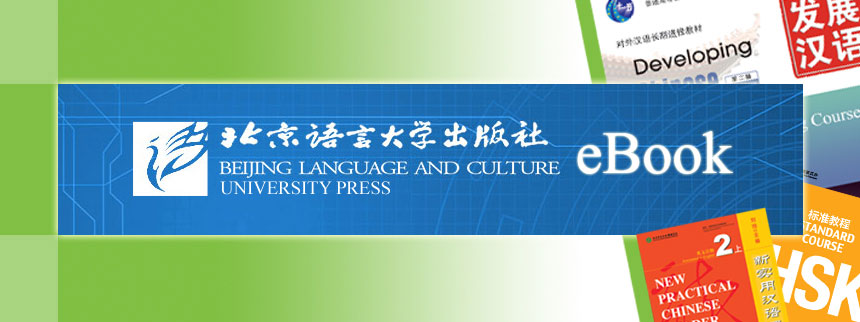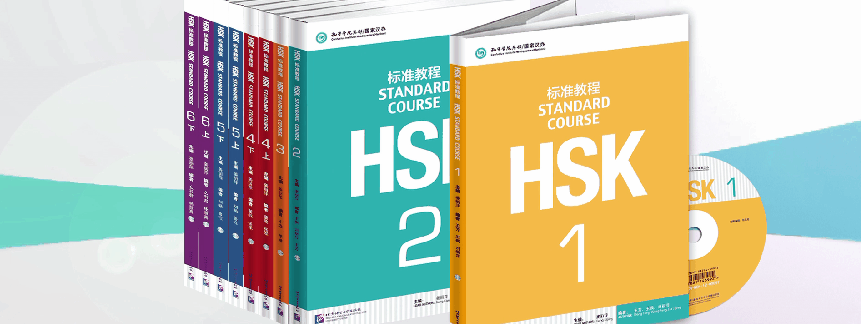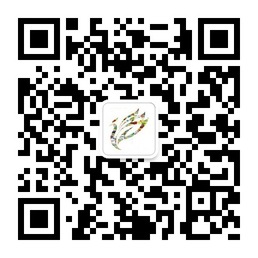Online Bookstore
New Practical Chinese Reader (3rd Edition, Annotated in Russian) Textbook 2
Author:Liu Xun
- Medium:Books
- ISBN: 9787561962015
- Page Count: 302
- Size:285 × 210 mm
- Pub Date:2023-03
- The book weight: 816 g
- Annotation Language:
- Course:Comprehensive
- Target Audience(Age):College ,Adults
- Target Audience(Language):
- Subject Zone: New Practical Chinese Reader
- Price:
-
Category: Textbooks >Study outside China >Adults
Textbooks >Study outside China >Confucius Institutes
More















